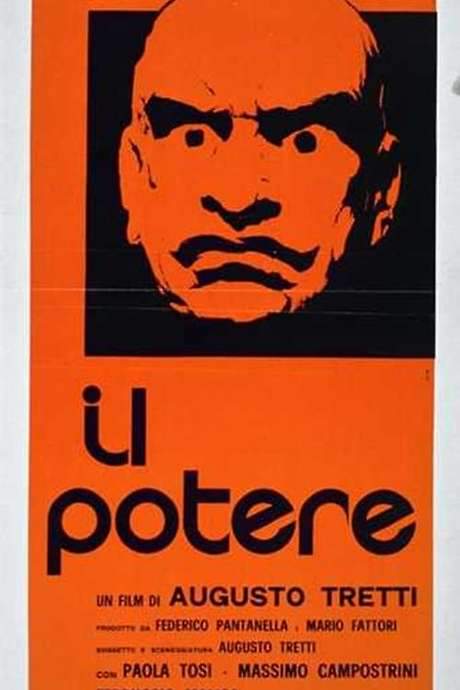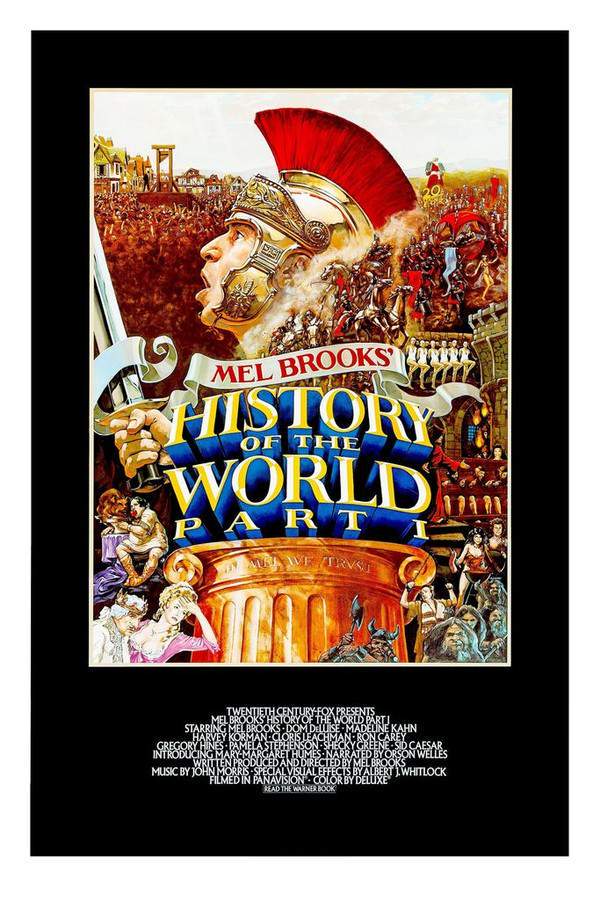
History of the World: Part I
Year: 1981
Runtime: 92 min
Language: English
A comedic look at significant moments in human history, from the dawn of humankind to the Middle Ages. The film playfully depicts cavemen discovering fire, Moses receiving the Ten Commandments, the excesses of Emperor Nero's Rome, and the Spanish Inquisition, all while incorporating irreverent humor and memorable musical numbers. It’s a hilarious and imaginative reimagining of familiar historical events.
Warning: spoilers below!
Haven’t seen History of the World: Part I yet? This summary contains major spoilers. Bookmark the page, watch the movie, and come back for the full breakdown. If you're ready, scroll on and relive the story!
History of the World: Part I (1981) – Full Plot Summary & Ending Explained
Read the complete plot breakdown of History of the World: Part I (1981), including all key story events, major twists, and the ending explained in detail. Discover what really happened—and what it all means.
In this uproarious spoof of legendary films, History of the World, Part I takes the audience on a comedic journey across four distinct historical eras, each marked by whimsical and irreverent sketches. The adventure kicks off in the Stone Age, where early humans, including the incomparable Sid Caesar, spark remarkable inventions like fire, art, music, and even early forms of humor and critique. Witness the dawn of civilization unfold through their rudimentary weapons, marriage customs, and the world’s first funeral rites.
The action then catapults into ancient Egypt, where Moses, portrayed by Mel Brooks, returns from a divine meeting on Mount Sinai intent on sharing the Law. In a moment of excitement, he accidentally drops one of the stone tablets, leading to a rapid revision from 15 Commandments to the now-familiar 10.
Next, we meet Comicus, also played by Mel Brooks, a philosopher turned stand-up comic who is called upon by his flamboyant agent, Ron Carey, to perform at the grand Caesar’s palace. During his journey, he encounters Miriam (Mary-Margaret Humes), a captivating Vestal Virgin who captures his heart, along with Josephus, portrayed by Gregory Hines, an Ethiopian slave who quickly becomes his loyal companion.
As Comicus grapples with the intricacies of Roman politics, he finds himself amid the pompous Emperor Nero, humorously embodied by Dom DeLuise. Nero’s inflated ego and corrupt nature offer endless comedic material. However, when Josephus mistakenly prompts an order for them to engage in a life-and-death gladiatorial bout, the two must rely on their wit and cleverness to escape the palace’s grasp, dodging the menacing Marcus Vindictus, played by Shecky Greene, and his soldiers.
Seeking sanctuary, the trio takes refuge in the palace of Empress Nympho, portrayed by Madeline Kahn, disguising themselves as eunuch guards. Yet, their cover is nearly blown when Josephus’s apparent desire gives away their identities, leading to an uproarious chase through the palace. They finally make their break aboard a horse-drawn cart, obscured by the haze of an enormous marijuana joint that leaves their pursuers in a state of bewildered stupor.
As Comicus navigates the turbulent landscape of Judea, he inadvertently stumbles upon a gathering that includes Jesus (John Hurt) and his disciples during their intimate dinner party. The clumsy waiter, with his frequent interruptions and unintended humor, disrupts the solemnity of the Last Supper, all while Leonardo da Vinci (Art Metrano) strives to creatively capture the scene for posterity.
In a dazzling sequence that parodies classic Busby Berkeley choreography, Mel Brooks takes the stage as Torquemada, presenting a lavish song-and-dance routine that defies all conventions of good taste. The sequence kicks off with a herald announcing the infamous inquisitor, while the condemned plead for clemency: > “you can’t Torquemada anything.” The comedic mayhem follows with a series of absurd tortures, including a spinning iron maiden and nuns performing water ballet in an Esther Williams-inspired spectacle. Hilarious cameos from Jackie Mason and Ronny Graham further enrich the scene, as they portray Jewish characters facing absurd tortures.
Transitioning to a Parisian tavern, Madame Defarge, played by Cloris Leachman, stirs the pot of rebellion, rallying others to drive the French Revolution. Meanwhile, King Louis, again embodied by Mel Brooks, remains blissfully unaware of the peasants’ perceptions despite the warnings from his advisers, Count de Monet (played by Harvey Korman) and Béarnaise (Andreas Voutsinas). His obliviousness is made sharper by his absurd pleasure of using peasants as targets in a skeet shooting game. The lovely Mademoiselle Rimbaud, portrayed by Pamela Stephenson, approaches King Louis to plead for the release of her father, who has languished in the Bastille for a decade. In exchange for her request, the king demands a romantic rendezvous that evening.
With the help of Count de Monet, the king goes into hiding, and a look-alike named Jacques is picked as his decoy, notably portrayed by Mel Brooks, who is usually found holding buckets for the aristocrats. That fateful night, Mademoiselle Rimbaud arrives at “King” Jacques’s chambers, unaware that he is not the real monarch. To her surprise, he grants her father’s freedom without the expected romantic strings attached.
Just as the peasants burst in to arrest Jacques, taking him off to the guillotine, Rimbaud exclaims in distress that “only a miracle can save him,” when, just then, Josephus arrives in a cart drawn by a miraculous force, leading to their daring escape headed towards a mountain marked with the words “THE END.”
As the story draws to a close, Mel Brooks humorously introduces an imaginary trailer for his anticipated sequel, History of the World, Part II. This teaser is a whirlwind of absurdity and humor, showcasing ridiculous scenes from segments like “Hitler on Ice,” where the infamous dictator trades his military attire for ice skates; “A Viking Funeral,” a raucous send-off that flouts all conventions; and “Jews in Space,” a comical twist placing Jewish characters in a galaxy inspired by Star Wars.
Last Updated: November 19, 2024 at 21:03
Explore Movie Threads
Discover curated groups of movies connected by mood, themes, and story style. Browse collections built around emotion, atmosphere, and narrative focus to easily find films that match what you feel like watching right now.
Irreverent Historical Comedies like History of the World: Part I
Wildly funny and absurdist satires of well-known historical events.If you loved the madcap historical sketches of History of the World: Part I, you'll enjoy these movies. This section features films that share a similar vibe of gleeful historical satire, comedic musical numbers, and an overall sense of absurd, good-natured fun. Find your next favorite spoof of history here.
Narrative Summary
Narratives in this thread are typically episodic, moving through a series of loosely connected sketches that parody famous moments from history. The plot is secondary to the comedic set-pieces, with stories structured to deliver a rapid-fire sequence of gags, visual puns, and musical interludes centered on historical themes.
Why These Movies?
Movies in this thread are grouped by their shared approach to comedy: they all use history as a backdrop for broad, irreverent humor. They share a fast-paced, anthology-like structure, a light emotional weight that avoids genuine darkness, and a whimsical tone that celebrates silliness above all else.
Ensemble Comedy Anthologies with a vibe like History of the World: Part I
Fast-paced comedic collections of short stories with a large, zany cast.Looking for more movies with the sprawling, sketch-based fun of History of the World: Part I? This section gathers ensemble-driven comedy anthologies that share its fast pacing, playful tone, and madcap spirit. Discover similar films built on a series of hilarious, interconnected or thematic short stories.
Narrative Summary
The narrative pattern is defined by its anthology structure. Instead of a single through-line, the film presents multiple self-contained comedic segments. The journey is one of variety and surprise, with the overall experience feeling like a curated selection of the funniest ideas, united by a common stylistic approach or overarching concept.
Why These Movies?
These movies are grouped by their unique comedic structure and energetic vibe. They share a fast pacing driven by short segments, a lighthearted tone that avoids heavy drama, and a focus on ensemble performances where the collective zaniness of the cast is more important than any single character's arc.
Unlock the Full Story of History of the World: Part I
Don't stop at just watching — explore History of the World: Part I in full detail. From the complete plot summary and scene-by-scene timeline to character breakdowns, thematic analysis, and a deep dive into the ending — every page helps you truly understand what History of the World: Part I is all about. Plus, discover what's next after the movie.
History of the World: Part I Timeline
Track the full timeline of History of the World: Part I with every major event arranged chronologically. Perfect for decoding non-linear storytelling, flashbacks, or parallel narratives with a clear scene-by-scene breakdown.

Characters, Settings & Themes in History of the World: Part I
Discover the characters, locations, and core themes that shape History of the World: Part I. Get insights into symbolic elements, setting significance, and deeper narrative meaning — ideal for thematic analysis and movie breakdowns.

History of the World: Part I Spoiler-Free Summary
Get a quick, spoiler-free overview of History of the World: Part I that covers the main plot points and key details without revealing any major twists or spoilers. Perfect for those who want to know what to expect before diving in.

More About History of the World: Part I
Visit What's After the Movie to explore more about History of the World: Part I: box office results, cast and crew info, production details, post-credit scenes, and external links — all in one place for movie fans and researchers.

Similar Movies to History of the World: Part I
Discover movies like History of the World: Part I that share similar genres, themes, and storytelling elements. Whether you’re drawn to the atmosphere, character arcs, or plot structure, these curated recommendations will help you explore more films you’ll love.
Explore More About Movie History of the World: Part I
History of the World: Part I (1981) Scene-by-Scene Movie Timeline
History of the World: Part I (1981) Movie Characters, Themes & Settings
History of the World: Part I (1981) Spoiler-Free Summary & Key Flow
Movies Like History of the World: Part I – Similar Titles You’ll Enjoy
The Story of Film: An Odyssey (2012) Complete Plot Breakdown
Year One (2009) Plot Summary & Ending Explained
Horrible Histories: The Movie - Rotten Romans (2019) Detailed Story Recap
The Big Bang (1987) Full Movie Breakdown
Die Geschichte der Menschheit - leicht gekürzt (2022) Movie Recap & Themes
History Lessons (1972) Full Summary & Key Details
When Men Carried Clubs and Women Played Ding-Dong (1971) Spoiler-Packed Plot Recap
The Movie Orgy (1968) Plot Summary & Ending Explained
History of the Joke (2008) Spoiler-Packed Plot Recap
Francis the First (1937) Movie Recap & Themes
When Comedy Was King (1960) Story Summary & Characters
50,000 B.C. (Before Clothing) (1963) Story Summary & Characters
A Walk in Time (1996) Full Movie Breakdown
When Women Lost Their Tails (1972) Full Movie Breakdown
Power (1971) Complete Plot Breakdown

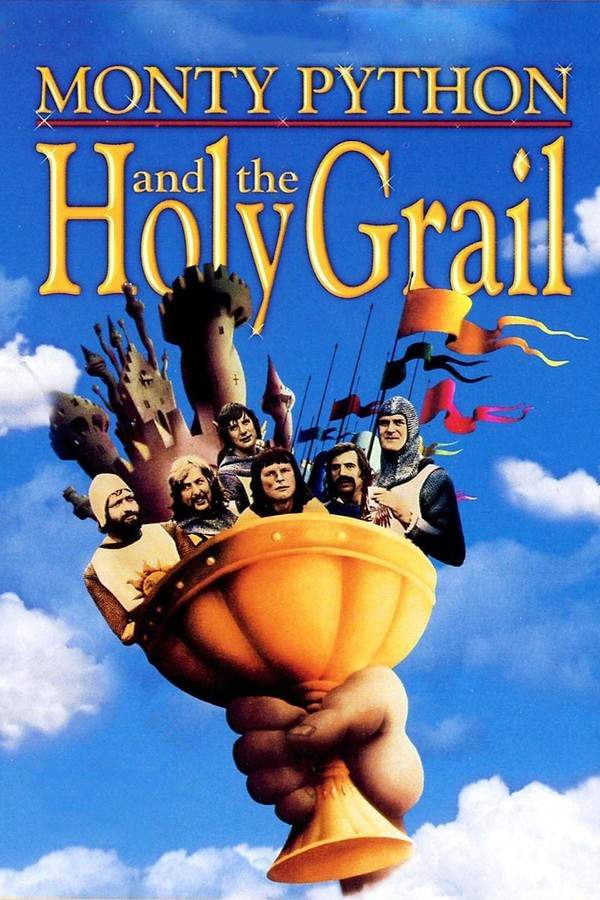

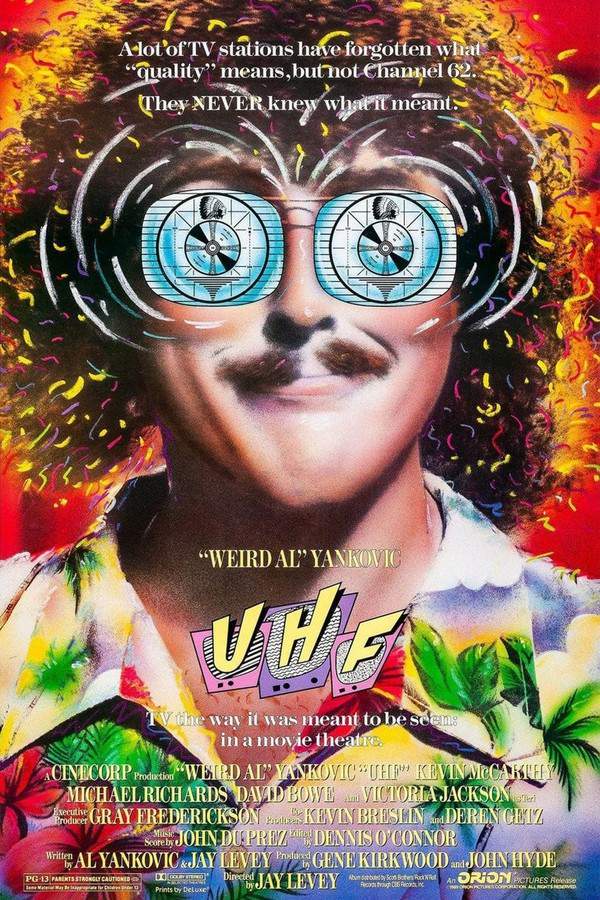
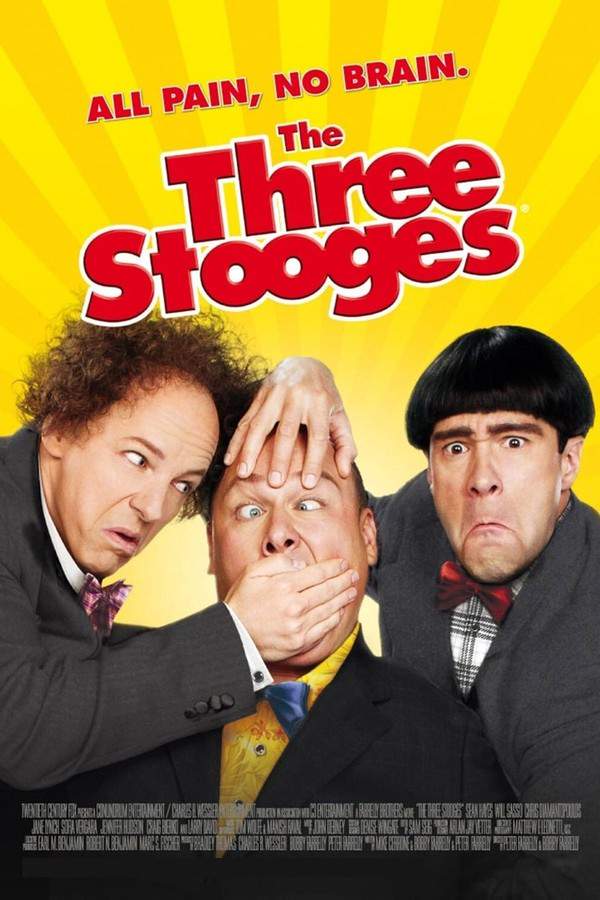
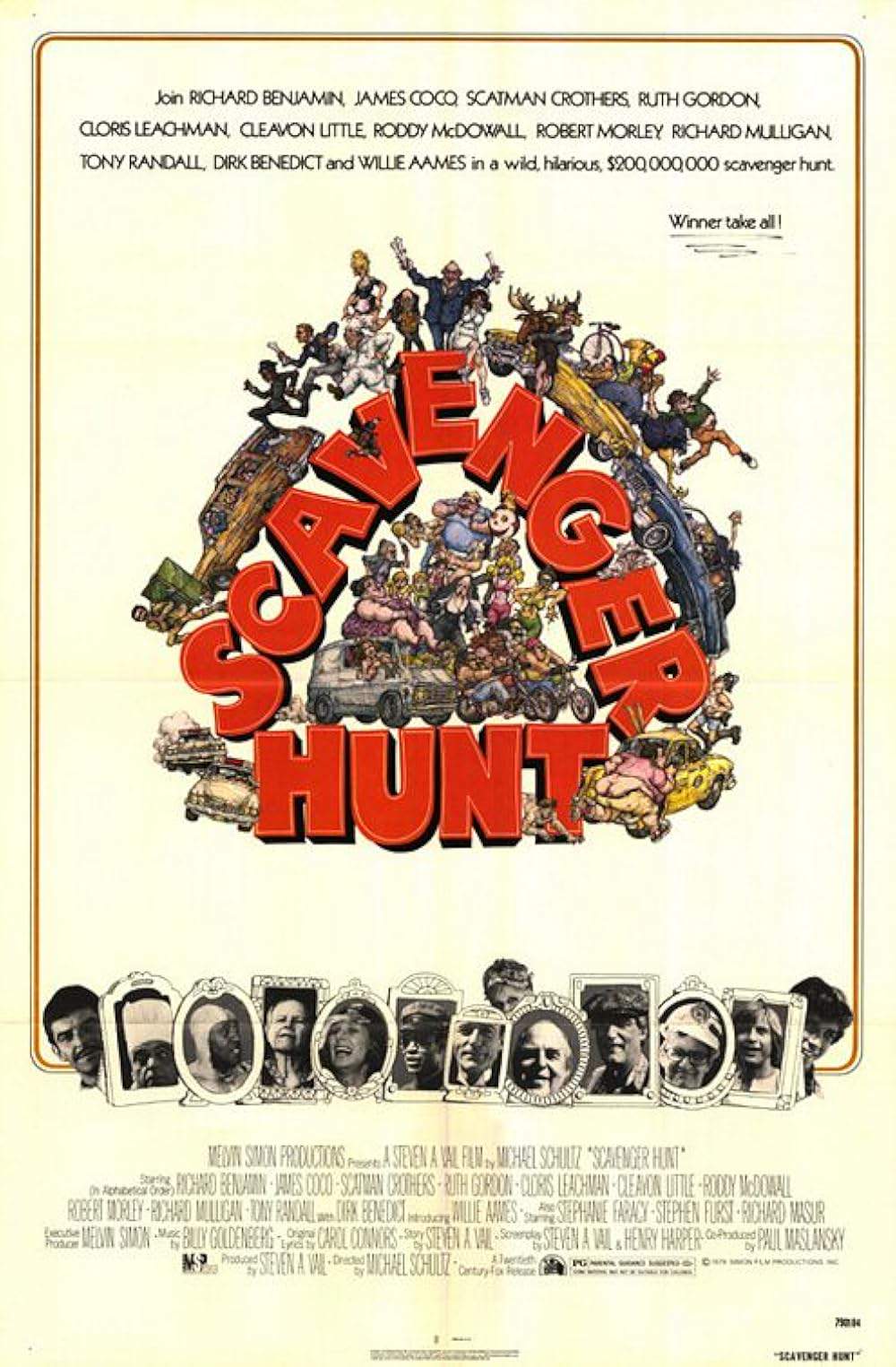
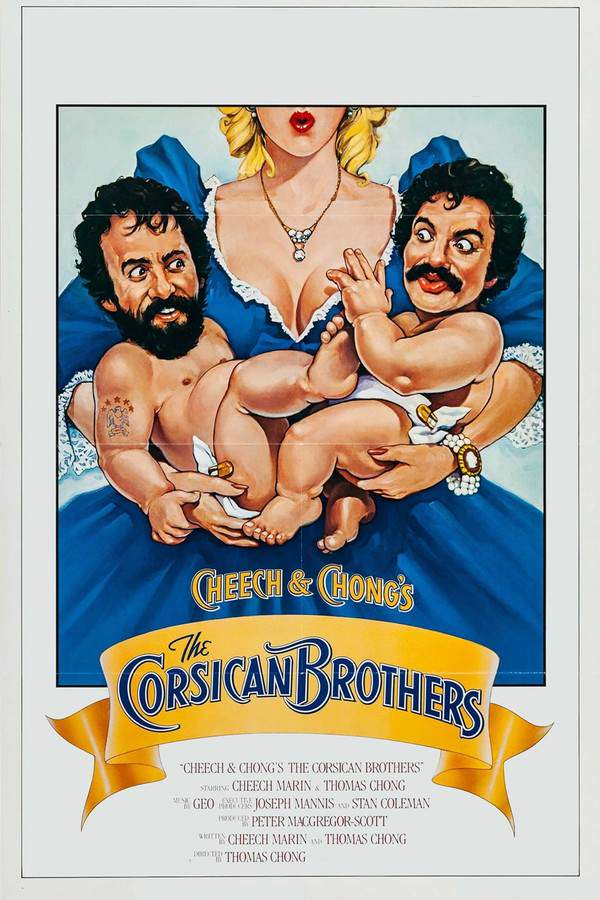








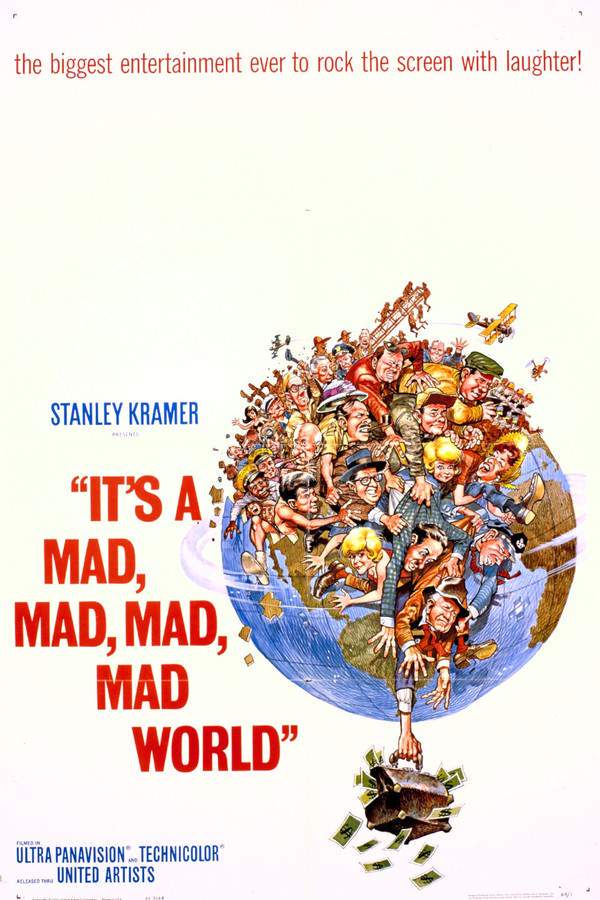
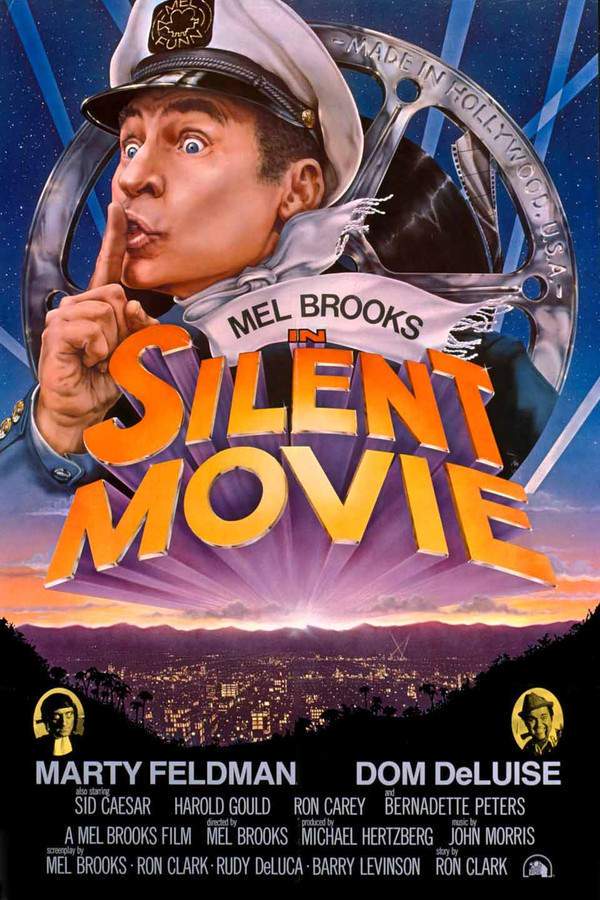
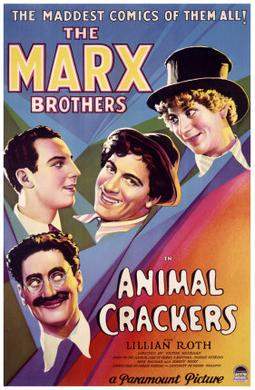

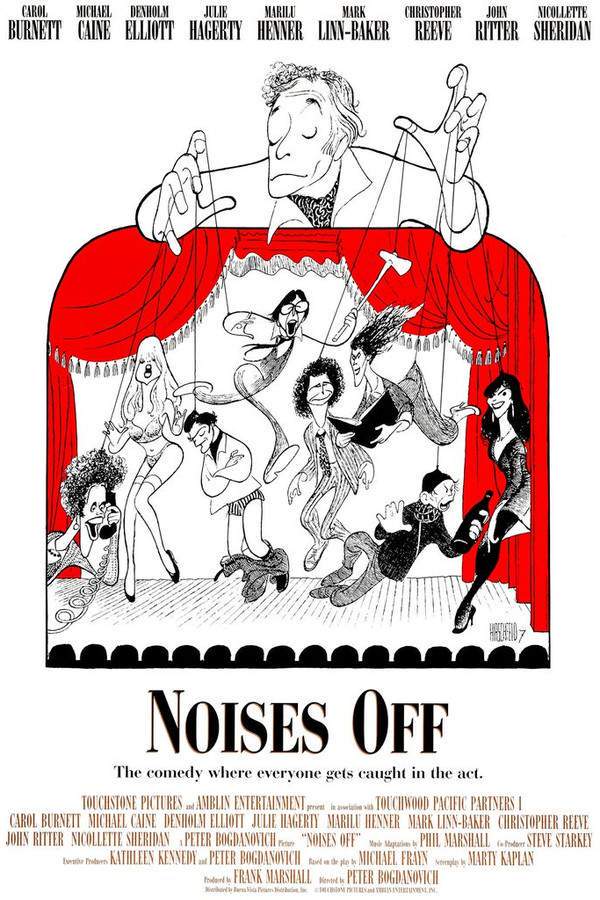








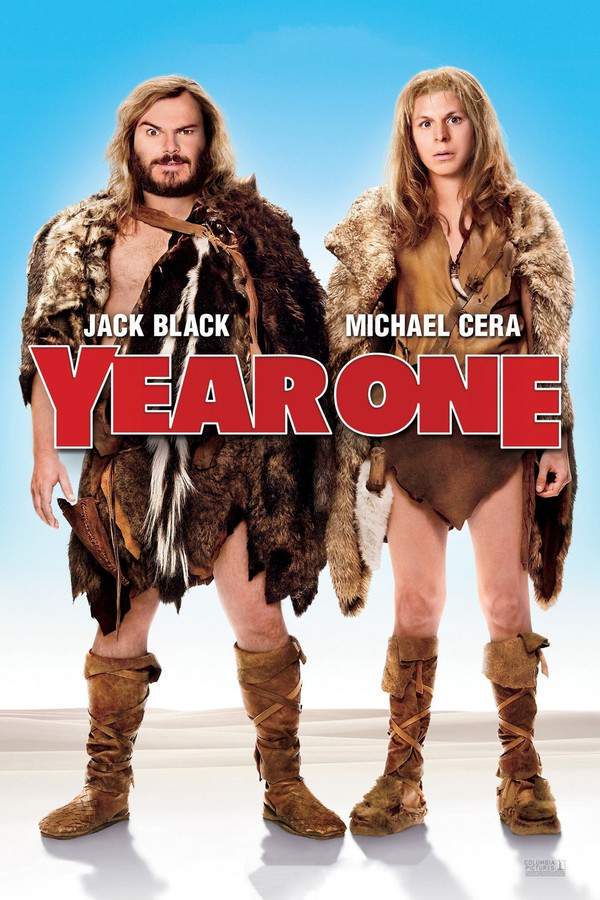









-E4eSgGqN-uI4EA.jpg)


